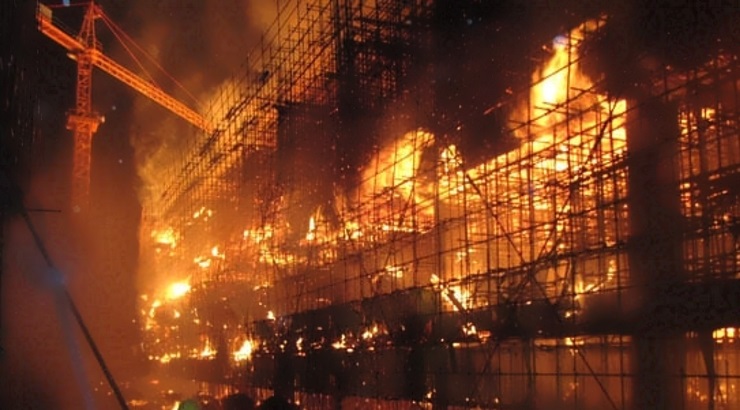Features
How to Prevent Fires in Buildings Under Construction
A ‘fireproof’ construction site fire prevention and safety plan.

Fire is a key danger at construction sites, worsened by electrical faults, flammable materials, open flames, and both incomplete fire protection and abundant combustible materials.
Assuaging these concerns about worker safety and environmental safety will greatly be aided by developing an effective fire prevention and safety plan.
This article will guide you through the essential steps necessary to develop a ‘fireproof’ construction fire prevention and safety plan.
1. Identify potential fire hazards
The actualisation of a strong and potent site fire prevention plan should be initiated by identifying, with a high level of accuracy, all the possible fire hazards that may exist.
This is the basic step in your strategy and provides the basis for developing a comprehensive approach toward mitigating risks and safeguarding workers and site assets.
Common hazards in construction sites normally include explosives, flammable liquids and gases, electrical apparatus, welding and heating equipment.
2. Create a fire safety plan
After you have highlighted the possible hazards, develop your plan.
Your plan should include an emergency response strategy, outlining evacuation procedures, assembly points, communication protocols, and easy egress routes for safe evacuation.
Additionally, it should cover fire risks related to construction processes, safe storage of flammable materials, rescue operations, and how to notify relevant personnel while ensuring the site is secured.
3. Install fire safety equipment
Fire detection and fighting equipment—smoke alarms, fire extinguishers, fire hoses, door seals, and ladders must be installed from the inception of a project.
RELATED: How to Prevent Deadly Construction Accidents
Unfortunately, most people mistakenly believe that these vital equipment should be installed only once the project has been completed, which is not the case.
Early installation of fire safety equipment will go a long way in ensuring fewer breakouts of fires at a construction site and hence a much safer construction site.
4. Train your workers on fire safety procedures
Simply having fire safety equipment and protocols in place is not sufficient to prevent fires in construction sites.
It is important to educate all site personnel about the basics of the fire safety contingency measures and the correct usage of the fire equipment.
Consider incorporating information on regular drills and refresher courses into your safety protocol to reinforce site safety knowledge and procedures.
5. Secure important documents
Identify all documents that need to be safeguarded—permits, legal contracts, and building plans—and store them off site if possible.
But when it’s not possible, consider safe storage alternatives like fireproof vaults for such valuable documents, so these do not catch on fire in case of a breakout.














